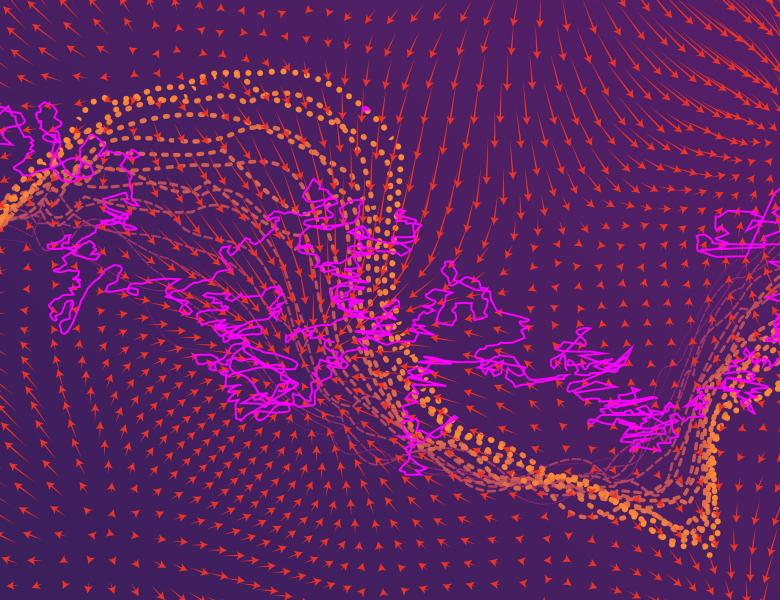
Abstract
Optimal transport is a powerful tool for measuring the distances between signals. A common choice is to use the Wasserstein distance where one is required to treat the signal as a probability measure. This places restrictive conditions on the signals and although ad-hoc renormalisation can be applied to sets of unnormalised measures this can often dampen features of the signal. The second disadvantage is that despite recent advances, computing optimal transport distances for large sets is still difficult. In this talk I will focus on the Hellinger--Kantorovich distance, which can be applied between any pair of non-negative measures. I will describe how the distance can be linearised and embedded into a Euclidean space (the analogue of the linear optimal transport framework for Hellinger--Kantorovich). The Euclidean distance in the embedded space is approximately the Hellinger--Kantorovich distance in the original space. This method, in particular, allows for the application of off-the-shelf data analysis tools such as principal component analysis.


